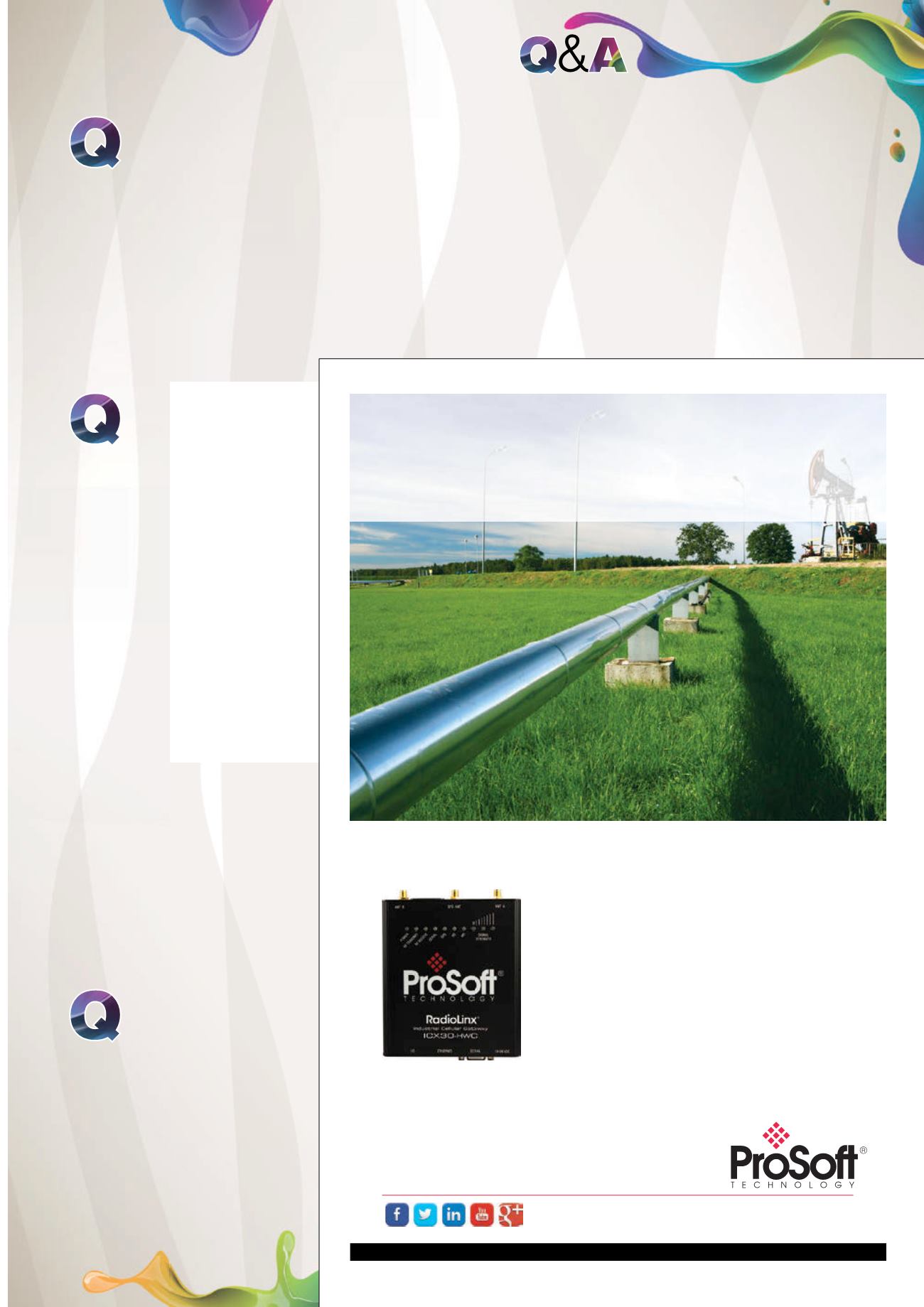
COATINGS
How important is surface
preparation?
Surface preparation depends on the type of
substrate and the type of adhesion mechanism of the
coating. A visco-elastic compound applied on a rusted steel
surface needs less intense cleaning than, for example, a
two-component epoxy coating. On the other hand, a set of
best practices can be identified that should be used in all
cases. This includes the removal of foreign matter, which
impairs proper coverage, and adhesion of the substrate to
be protected. Some types of coating require more intense
surface preparation, such as the use of blasting techniques to
create a mechanical anchor profile for
proper adhesion.
Why do companies
carry out coating
adhesion tests?
It is probably a heritage from practices
in the paint industry, indicating a
degree of cure or dryness. Even
worse, it is often believed to be the
most critical parameter for a coating
to perform well – the higher the
adhesion strength of a certain type
of coating the better – and therefore
used as the most important coating
selection criterion. This is wrong: the
main function of a coating is corrosion
prevention, not to be affixed to
the substrate as strong as possible.
How to compare a two component
epoxy coating, a polymeric tape with
primer, and a visco-elastic compound?
Impossible.
Yet, there is a very good reason
why adhesion testing should still be
carried out. Especially in laboratory
testing after accelerated ageing tests
such as thermal ageing, hot water
immersion and UV-exposure. A decline
in adhesion strength may indicate
deterioration of the materials used,
which in turn may lead to increasing
the risk of the substrate being exposed
to its environment.
How do you tackle
AC corrosion?
The specific electrical
insulation resistance of a coating is
an important design parameter and
requirement of an effective coating,
with respect to the design of cathodic
protection systems that can withstand
AC, DC, and or stray current issues,
especially occurring from minor
coating damages and cracks that
cannot be detected by conventional cathodic protection
systems.
The function of an effective electrical insulation coating
is to stop corrosion by isolating the external surface of the
underground from DC, AC and/or stray current or submerged
piping from the environmental elements, to avoid CP current
requirements and to improve current distribution if needed in
case of damages.
External coatings must be properly selected and applied,
and the coated piping carefully handled and installed, to
avoid issues with adhesion at the steel/coating interfaces
during the design life of the pipeline of object. Various types
Where Automation Connects
+1-661-716-5100
ASIA PACIFIC | AFRICA | EUROPE | MIDDLE EAST | LATIN AMERICA | NORTH AMERICA
Features
• Support for Cellular Networks worldwide
• 3G Connectivity
• Up to 5.76 Mbps
• Operating temperature -40°C to +70°C
For more information,
visit
psft.com/icx30wp1
Our Industrial Cellular Gateway helps
you harness the data
reliably and efficiently.
...there’s valuable data
There’s not just oil
owing through the pipeline...


